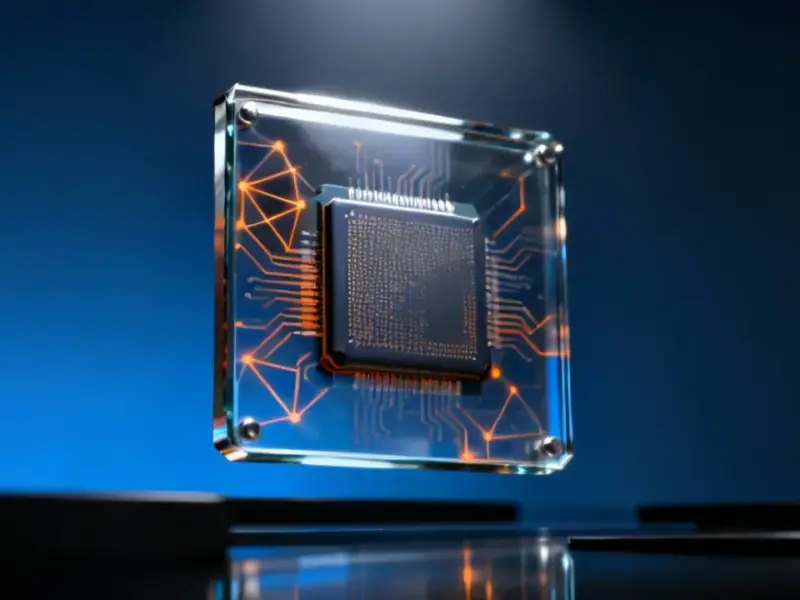According to CRN, at Nvidia’s GTC DC 2025 event last week, CEO Jensen Huang emphasized alignment with President Trump on U.S. “reindustrialization” while announcing significant partnerships with companies including Palantir, CrowdStrike, Oracle, and HPE. The Santa Clara-based company made a $1 billion investment in Nokia and provided major new financial disclosures reflecting surging demand for its Blackwell products and upcoming Rubin GPU launch. Huang specifically credited the Trump administration’s “pro-energy initiative” for enabling AI industry growth, stating “this completely changed the game” and thanking the president directly during his Tuesday keynote. While light on major product reveals, the event showcased Nvidia’s expanding dominance through strategic alliances that support bringing manufacturing back to the United States.
The Strategic Realignment
Nvidia’s overt political positioning represents a significant shift for a company that has traditionally maintained relative political neutrality. Huang’s direct praise for specific administration policies suggests Nvidia recognizes that the AI infrastructure buildout has become inherently political, with energy policy, manufacturing incentives, and trade relationships now central to its growth trajectory. This alignment carries both opportunities and risks—while it may secure favorable treatment in an election year, it also ties Nvidia’s fortunes to specific political outcomes and could complicate relationships in markets where U.S. political positions are less popular.
The Manufacturing Renaissance Play
The partnership announcements reveal a sophisticated strategy to embed Nvidia deeper into the U.S. industrial base. The $1 billion Nokia investment positions Nvidia to influence telecommunications infrastructure critical for edge AI deployment, while partnerships with established enterprise players like Oracle and HPE create channels for broader adoption beyond pure tech companies. Most notably, the Palantir and CrowdStrike alliances suggest Nvidia sees national security and cybersecurity applications as major growth vectors, areas where U.S. manufacturing and supply chain control are particularly valued.
Blackwell Demand Reality Check
The disclosed Blackwell demand figures, while impressive, raise questions about supply chain capacity and allocation fairness. As enterprises and governments ramp up AI initiatives, the competition for limited GPU supply could create significant bottlenecks. Smaller AI startups and research institutions may find themselves increasingly squeezed out of the market, unable to compete with the purchasing power of large enterprises and government contracts. This concentration of AI infrastructure in few hands could have long-term implications for innovation diversity and market competition.
The Energy Infrastructure Challenge
Huang’s emphasis on energy policy highlights a critical constraint that many in the AI industry have been hesitant to address publicly. Training and running advanced AI models require enormous power resources, and without significant energy infrastructure development, the AI boom could literally power itself out of existence. Nvidia’s alignment with pro-energy policies acknowledges that technological advancement is now directly tied to physical infrastructure capacity—a reality that will force every major tech company to engage more directly with energy policy and infrastructure development.
Global Supply Chain Reshuffling
The focus on U.S. manufacturing represents both an opportunity and a challenge for global markets. While it may create jobs and strengthen domestic capabilities, it also signals a broader trend toward regional supply chains that could increase costs and complicate global deployment strategies. Companies building AI applications will need to consider not just technical specifications but also geopolitical alignment and supply chain resilience when making infrastructure decisions. This shift could accelerate similar moves by other nations to develop sovereign AI capabilities, potentially fragmenting what has been a globally integrated technology ecosystem.




